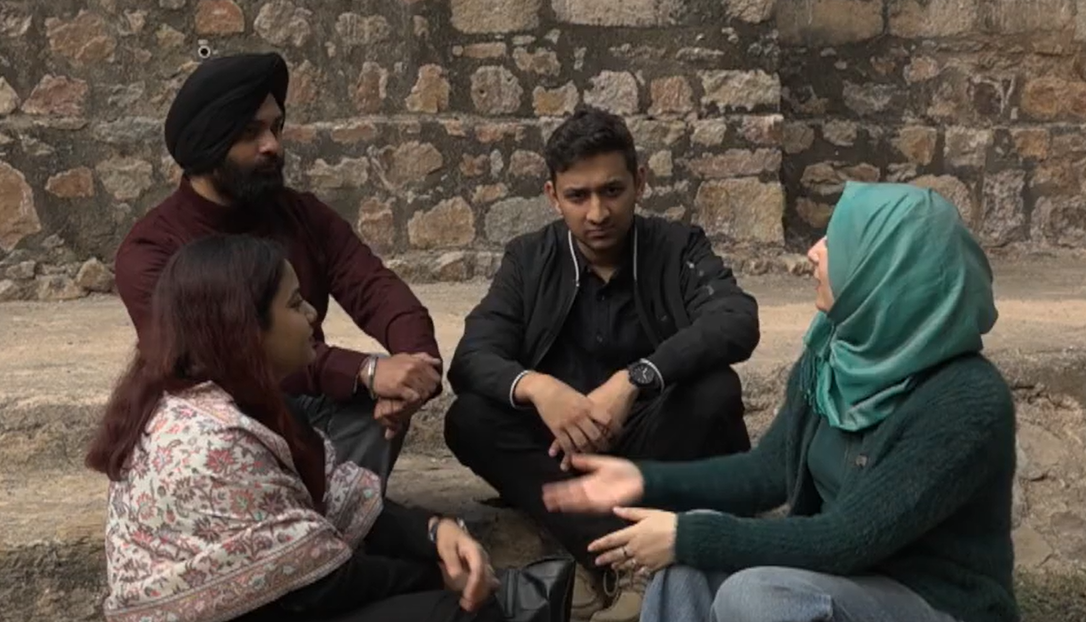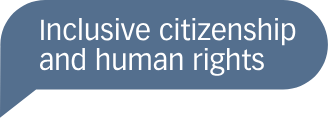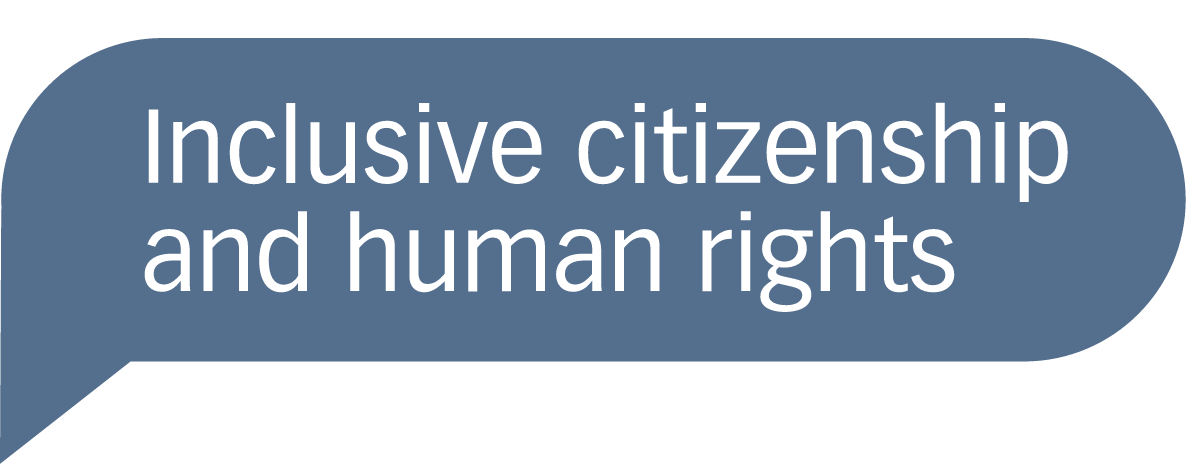
Living in diverse communities, we often know little about each other’s traditions. Promoting interfaith understanding place a crucial role in combating prejudice, address misconceptions, and support peaceful coexistence.
On this page, we discuss the significance of interfaith dialogue. We also explore how interfaith excursions can serve as an effective way to encourage dialogue and deepen understanding of various religious traditions.
Interfaith Dialogue
Interfaith dialogue offers a space where individuals from diverse faiths can engage with and learn about each other’s cultures and beliefs. This helps build a positive narrative that transcends stereotypes and challenges, especially empowering minority groups by giving them visibility and a voice in these conversations. It also provides an opportunity to gain insight into the lived experiences and beliefs that shape different perspectives.
Dr. Sivin Kit, Director for Theology, Mission, and Justice at the Lutheran World Federation, discusses the role of representation for interfaith dialogue.
Representations in Interfaith Dialogue: Traditional interfaith dialogues often exclude the voices of women, youth, and marginalized communities, including religious minorities. This lack of diverse representation limits the scope of perspectives and lived experiences, which can reinforce existing exclusions. Ensuring inclusive participation from all groups is essential to challenge dominant narratives, and promote mutual understanding among different faiths. Representation validates the experiences of underrepresented groups and strengthens the impact and relevance of interfaith dialogue .
Interfaith Excursion
Interfaith excursions are organized visits to different places of worship or religious sites.. These excursions provide opportunity to learn about beliefs, rituals, and cultural practices in an immersive setting. By fostering direct engagement, interfaith excursions help break down stereotypes, encourage open dialogue, and build deeper mutual understanding among people of different religious backgrounds.
However, organizing visits to religious sites requires sensitivity to avoid reinforcing stereotypes and to recognize internal diversity. These visits can be time-consuming and challenging to arrange, sometimes due to security restrictions. In certain areas, access to religious sites may be limited for non-members. As an alternative, audio-visual tools like short films can offer valuable insights by presenting diverse perspectives and sharing experiences related to religious excursions.
Rev. Dr. Sivin Kit, ‘Director for Theology, Mission, and Justice at the Lutheran World Federation, emphasizes the importance of visiting each other’s places of worship.
Use of film:
For example, after viewing this film, you might consider the following questions to encourage diverse perspectives:
- In what way can interfaith excursion contribute to a sense of community between people with different religious identity?
- How can we include religions that do not have traditional religious buildings into the interfaith excursion or dialogues?
Learn more about the advantages and challenges of using films in education.
Explore more
Interested in learning more about how narratives influence our understandings of religions and those who practice them?
Take our course on “Religious Diversity and Dialogue” or visit our “For educators” page for additional educational content.
To learn more about religious diversity and interfaith dialogue, browse more of our resources here:
- Yangere for Peace (Short film) (link)
- Simona Cruciani, Religious actors in Iraq working to Prevent Violations (expert video) (link)
- Dr. Saad Salloum, Ten years after the Genocide: Does Iraq need a National Dialogue on Transitional Justice? (link)
- Sheikh Hassan Bouabdallah, Tunisian Sufism: A Living Heritage of Faith and Cultural Identity (expert video) (link)
- Annie Kabla, Jewish community of Djerba (expert video) (link)
- Sana Eltaief, Tunisian Bahá’í community (expert video) (link)
- Simona Cruciani, UN cooperation with religious leaders to prevent incitements to violence (expert video) (link)
- Lee, O. E. K., & Priester, M. A. (2015). Increasing Awareness of Diversity Through Community Engagement and Films, Journal of Social Work Education, 51(1) 35–46 (research paper) (link)
- Rorrer, A. S., & Furr, S. (2009). Using Film as a Multicultural Awareness Tool in Teacher Education. Multicultural Perspectives, 11(3), 162–168. (research paper) (link)
Related Resources
Find digital tools produced in cooperation with partners and researchers from different regions.



